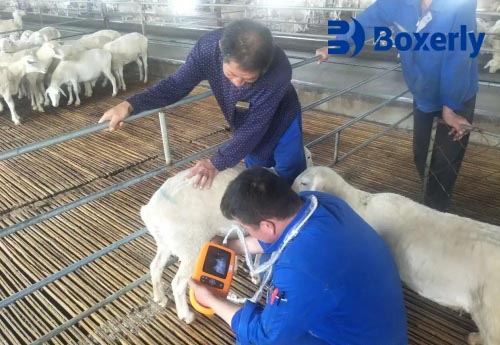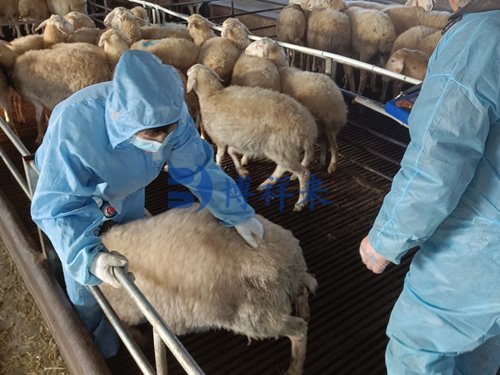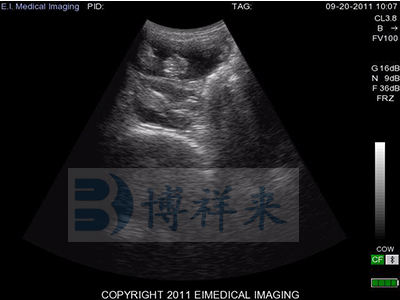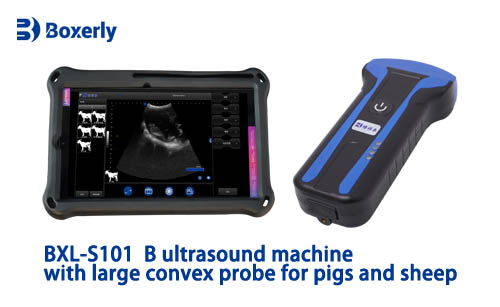If you plan to perform ultrasound exams on ewes, the first step is to make sure the animal stays calm and still. The method of restraint significantly affects the efficiency and accuracy of the scan. Choosing the right position helps the procedure go more smoothly. Common restraint positions include natural standing, lateral recumbency, or the use of a restraint chute. The optimal choice depends on the ewe’s temperament and the purpose of the examination.

Ultrasound examination of ewes
Choosing the Best Restraint Position
Standing restraint is typically the simplest and most efficient method. An assistant can gently support the ewe by holding its neck or lightly pressing its body with their legs to keep it steady. This approach is particularly suitable when dealing with large groups of ewes, as it avoids the need to reposition each animal, speeding up the examination process. For ewes that are uncooperative or fidgety, a basic restraining chute or frame can help stabilize the body, making scanning safer and more efficient.
Lateral recumbency—laying the ewe on its side—can sometimes allow for slightly earlier pregnancy detection and provide clearer images. Însă, this method requires more time and effort, as the ewe needs to be gently laid down and adjusted into the correct position. While lateral positioning may be helpful for early pregnancy checks in some cases, it’s not practical when working with large flocks. In practice, there’s no need to be overly concerned about whether the ewe is lying on her side, back, or standing. Any of these postures can be effective for early-stage scans—just go with whichever the animal is most comfortable in.

Clamp the ewe with legs
Handling Tips During the Procedure
Before starting the scan, give the ewe a few moments to get used to the environment. Don’t rush into the exam. The assistant can stroke the ewe’s neck or gently pat its back to help it relax. If the ewe is tense or trembling, the ultrasound image may become blurry. In such cases, pause the procedure and allow the animal to calm down before continuing.
When applying the probe to the abdomen, make sure to first apply a thin layer of ultrasound gel to the skin. This improves contact between the probe and the body surface, resulting in clearer images. Don’t skimp on the gel, but there’s no need to apply it too thickly either—a light coat is ideal.
Focus the scan on areas adjacent to the udder and along the right flank. In early pregnancy, it’s helpful to scan the hairless region near the udder slowly and carefully. If the ewe has a full belly or a thick coat that obscures the view, the assistant can gently lift the hind leg to improve visibility—shaving is not necessary. Throughout the scan, keep the probe in full contact with the skin, moving it slowly. A fan-shaped sweeping motion generally yields better results than straight-line movements.

Ultrasound image of a 40-day pregnant ewe
Experienced technicians often reach in from behind the ewe to scan, allowing access to the key areas without needing to move the animal. For particularly active animals, holding the neck gently between the legs provides better control than using hands alone, freeing up both hands to operate the ultrasound device. The entire procedure should ideally be completed within three to five minutes. Any longer, and the ewe may become restless, compromising the accuracy of the results.
